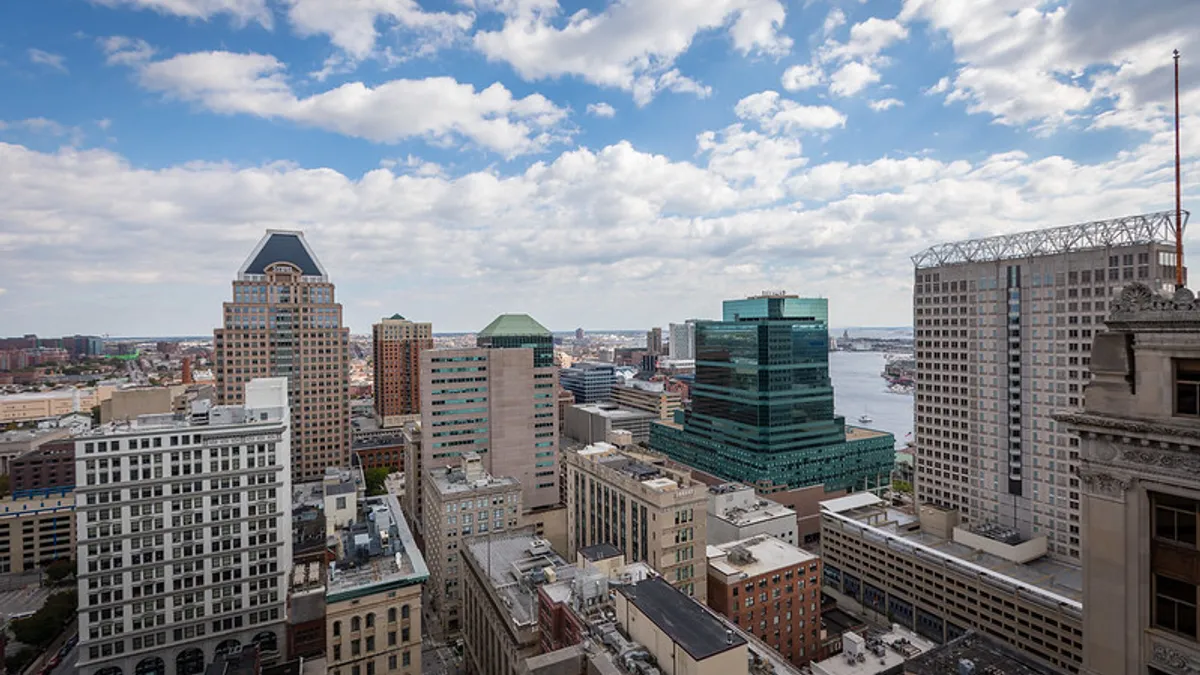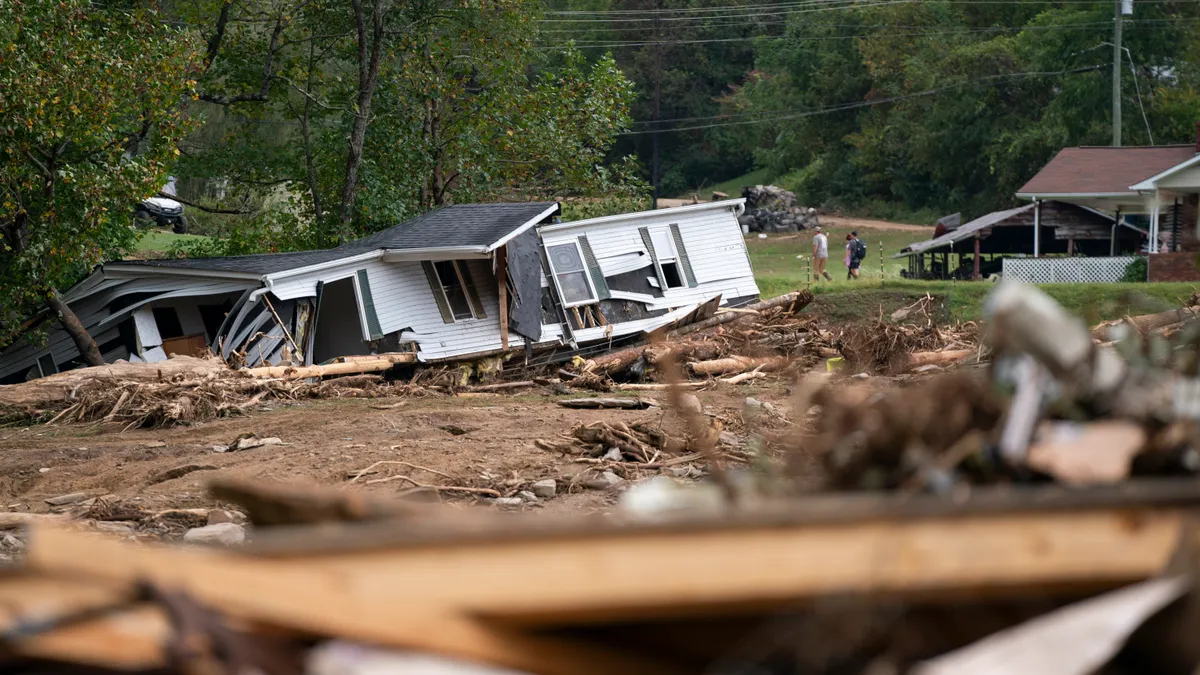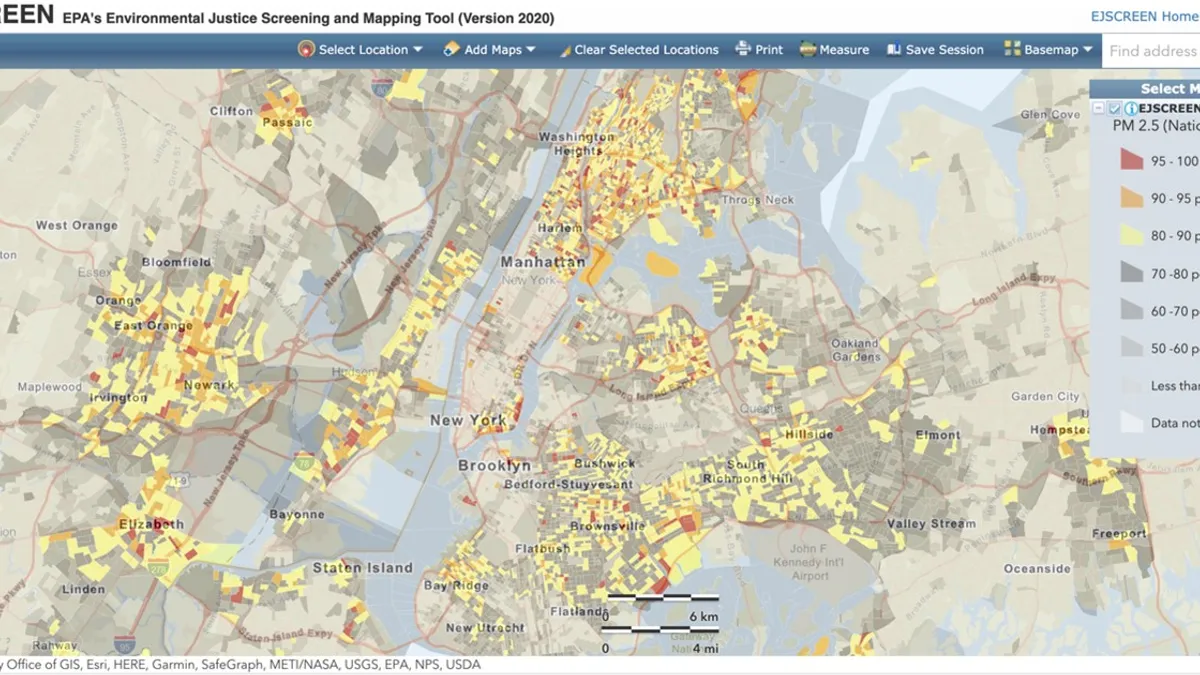Baltimore is one of many U.S. cities that turned to a resilience corps in the past year to tackle the dual crises of the pandemic and unemployment, problems that have disproportionately impacted people of color.
On March 12, 2020, the first coronavirus case was diagnosed in Baltimore. By May, infection rates grew rapidly and became four times higher among Latino residents and 1.5 times higher among Black residents compared with the city's White residents. Meanwhile, the city's unemployment rate had skyrocketed from 4.9% in March 2020 to a high of 11.6% the following month.
To tackle those problems head-on, Baltimore officials and their partners launched the Baltimore Health Corps (BHC) in June 2020 to recruit, train and employ 275 new community health workers. The program targeted those who were unemployed, furloughed or underemployed amid the pandemic and living in neighborhoods hardest-hit by the coronavirus.
Baltimore Mayor Brandon M. Scott, the Rockefeller Foundation, the city's health department and the Mayor's Office of Employment Development shared initial findings from the pilot this Thursday, potentially providing lessons for other cities seeking to launch similar efforts.
"Rooted in an all-hands-on-deck approach, Baltimore Health Corps has been critical to addressing this pandemic," Scott said in a press conference Thursday. "This is what an effective public-private partnership looks like. And, as with our approach to the COVID-19 pandemic overall, the health corps has been grounded in equity."
Performance on three key objectives
The BHC Pilot Early Lessons Report, created by the University of Maryland School of Public Health, measured the initial six months of the pilot phase against the following three objectives:
1. "Create jobs with racially equitable hiring and career development possibilities"
The BHC achieved its goal to hire 275 target workers, creating new positions for contact tracing and care coordinating. Of the people hired, over 85% were formerly furloughed, unemployed or underemployed. At least 65% of those individuals were Black, Indigenous and People of Color (BIPOC).
2. "Increase capacity for COVID-19 contact tracing"
More than 80 people were hired to handle contact tracing by November, putting the group at 60% capacity for its operations. By the end of January, the contact tracing team was fully staffed, with contact tracers moving from a "call center" to a "case management" model to improve relationship-building with the community, according to the report.
3. "Provide essential care coordination"
To address the needs of the city's most vulnerable amid the pandemic with improved care coordination, the BHC team worked with contact tracers and shared resources with locations such as testing sites and housing complexes. As a result, the care coordination team saw a 126% increase in referral volume for their services in November, those referral requests included needs like food access (33%), quarantine support (13%) and housing (8%).
A model for other cities
Baltimore's work can serve as an example for other cities or states seeking to build their own resilience corps, the report states.
"This model was very different than what you see around the country," said Otis Rolley III, senior vice president of the Rockefeller Foundation's U.S. Equity and Economic Opportunity Initiative, during the press conference. "The reality is, this is in fact the model for what all of the country should be doing when it comes to addressing both the economic and the physical health related to COVID-19."
For other localities seeking to build or improve their own resilience corps, the report offers suggestions, including ways to implement equitable hiring practices. Localities should remove obstacles for new hires when it comes to background checks and drug-testing requirements; involve community-based groups who can reduce computer literacy or other technology barriers for applicants; and provide support to help participants find job opportunities after the program, it states.
Cities should also use data to determine if their hires are representative of the groups most likely to suffer from chronic unemployment or job loss in their community, the report suggests.
"You cannot have a discussion about health equity without also dealing with economic equity. You cannot discuss the trauma and the result of COVID-19 on our physical bodies without also addressing the trauma it has had on our economic well-being of our communities, of our families, and particularly of BIPOC populations," Rolley said.
The corps model is designed to continue serving the local community even after the pandemic. Corps members receive "career navigation" assistance to plan for their professional future and transition to their next opportunity, according to Jason Perkins-Cohen, director of the Mayor's Office of Employment Development. They also receive behavioral health, legal and financial empowerment counseling.
"This is a model that can extend beyond the pandemic," Perkins-Cohen said. "We can use this model to intentionally solve dual problems, equitably putting residents to work to make our city safer, to make our city cleaner and to rebuild our infrastructure."



















